History
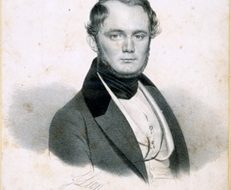
Charles Gayarré
New Orleans native Charles Gayarré wrote the first complete history of Louisiana: a four-volume series entitled Louisiana History (1866).

New Orleans native Charles Gayarré wrote the first complete history of Louisiana: a four-volume series entitled Louisiana History (1866).
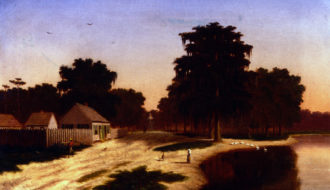
Nineteenth century painter Charles Giroux captured lush Louisiana landscapes in small-scale oil paintings.
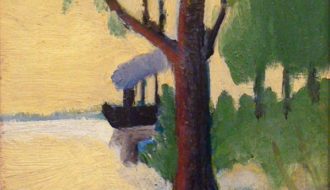
Charles Woodward Hutson, at the time of his retirement, had trained as a lawyer, served as a Confederate soldier, a university professor, and was a critically acclaimed artist.
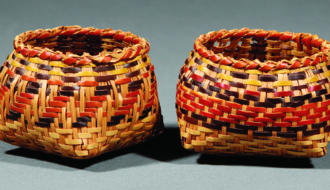
Deeply rooted in the history, spirituality, and daily activities of the Chitimacha people, basketry remains a visible expression of the Chitimacha Indian tribe’s culture and tradition.
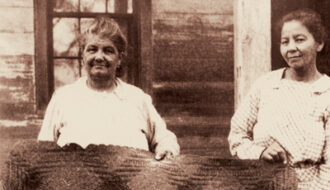
The Chitimacha Tribe is the only federally recognized tribe in Louisiana to still occupy part of its ancestral territory.

The Chitimacha Tribe is the only federally recognized tribe in Louisiana to still occupy part of its ancestral territory.
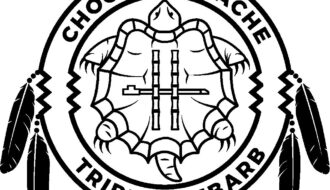
The Choctaw-Apache Tribe of Ebarb is Louisiana’s second-largest tribe, with more than seven thousand enrolled citizens.
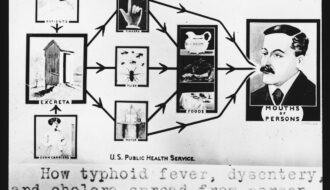
During the nineteenth century, cholera epidemics caused tens of thousands of deaths throughout the state of Louisiana.
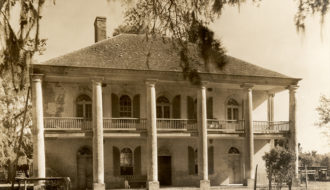
Chrétien Point, the center of the Civil War's Battle of Buzzard's Prairie in 1863, is rumored to have been spared when its owner, Hypolite Chrétien II, gave the Masonic sign.
Christopher Mason Haile became a journalist and local color writer after he moved to Louisiana.
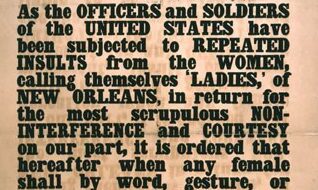
Clara Solomon is best known for her diary, which chronicles her experiences in New Orleans during the Civil War.
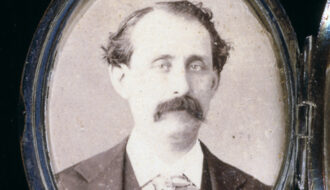
Louisiana has boasted a rich classical music traditional since early European exploration and settlement.
One-Year Subscription (4 issues) : $25.00
Two-Year Subscription (8 issues) : $40.00
